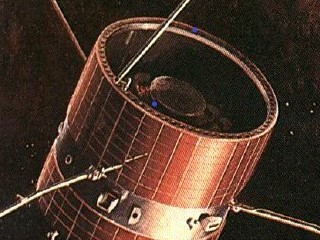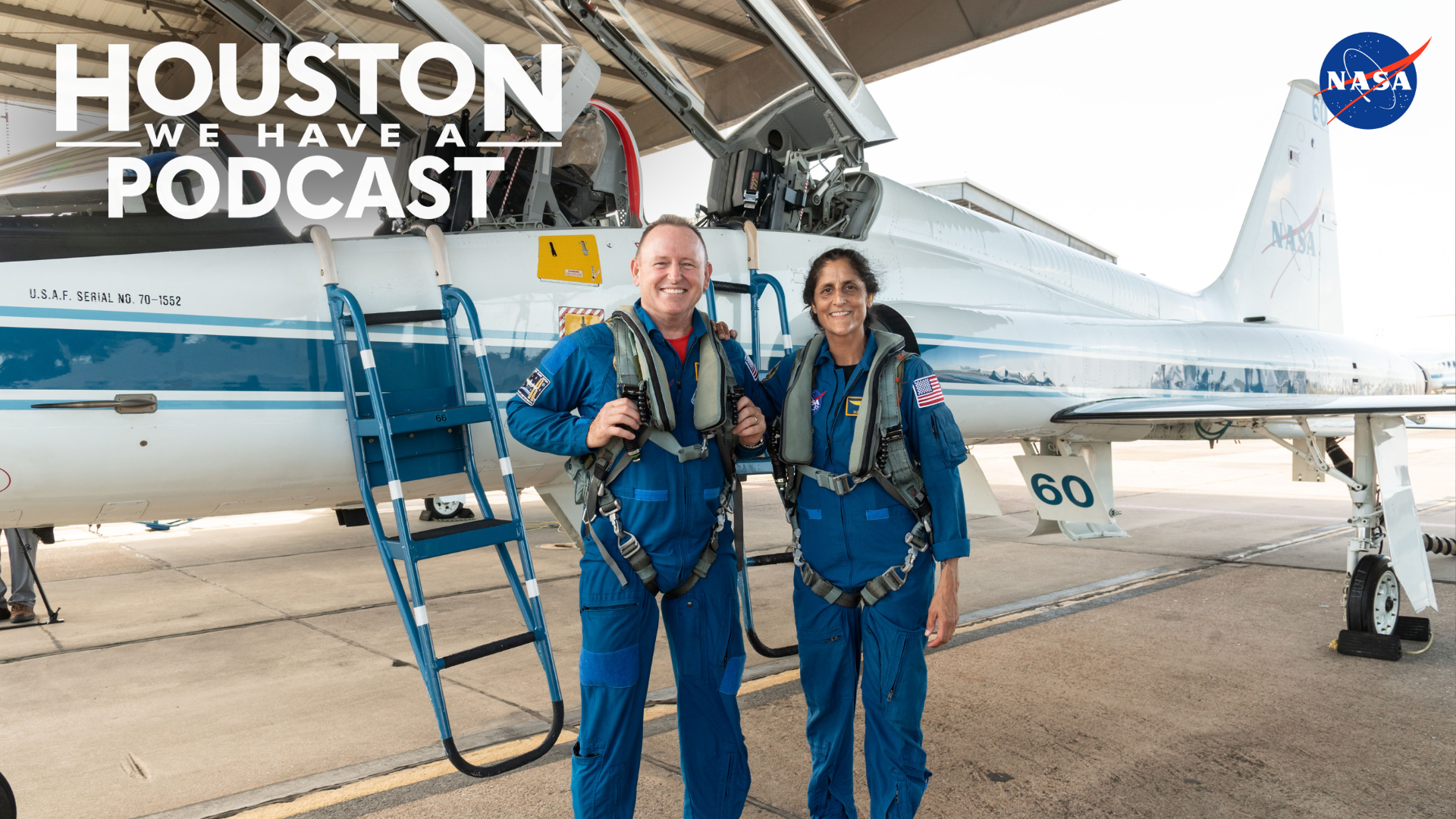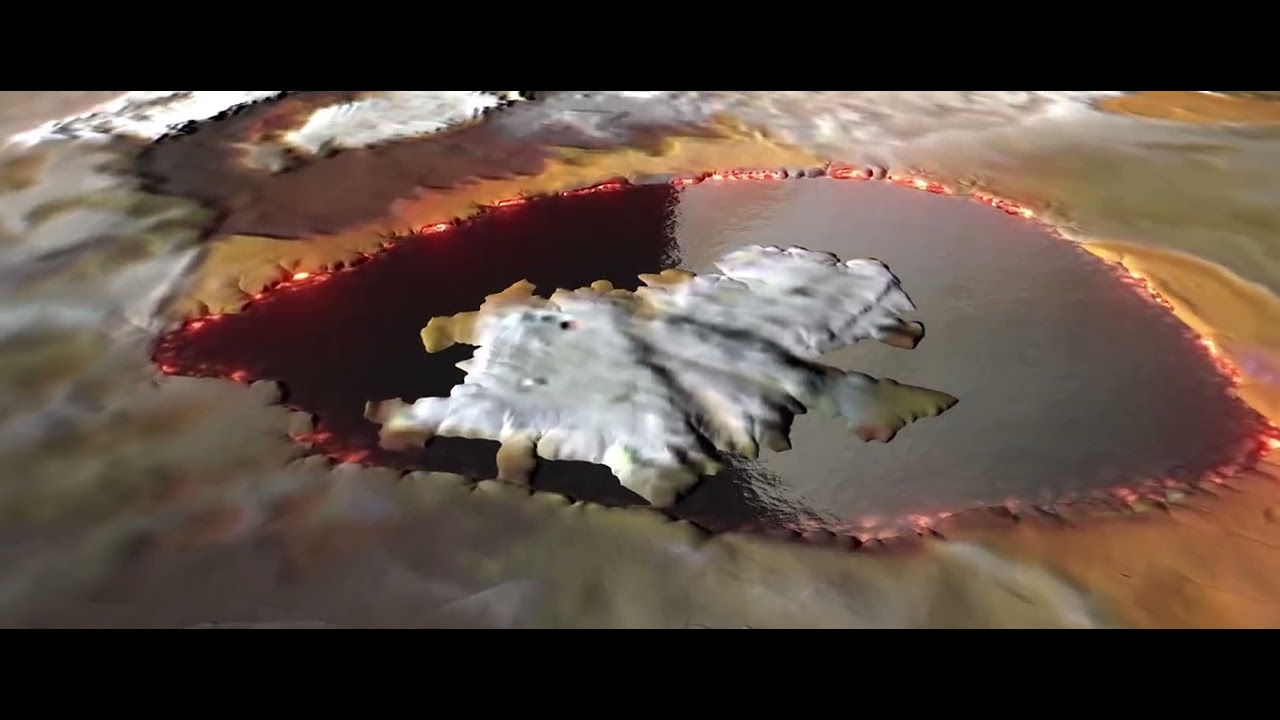Pioneer 7
Type
Launch
Target
Objective
Pioneer 7 was launched to a heliocentric orbit to study the Sun's magnetic fields and to measure characteristics of the solar wind. On March 20, 1986, Pioneer 7 flew within 7.5 million miles (12.1 million kilometers) of Halley’s comet – the closest approach for a U.S. spacecraft.

What was Pioneer 7?
Pioneer 7 was launched to a heliocentric orbit to study the Sun's magnetic fields and to measure characteristics of the solar wind. On March 20, 1986, Pioneer 7 flew within 7.5 million miles (12.1 million kilometers) of Halley’s comet—the closest approach for a U.S. spacecraft.
Nation | United States of America (USA) |
Objective(s) | Heliocentric Orbit |
Spacecraft | Pioneer-B |
Spacecraft Mass | 138 pounds (62.75 kilograms) |
Mission Design and Management | NASA / ARC |
Launch Vehicle | Thrust Augmented Improved Delta (Thor Delta E-1 no. 40 / Thor no. 462/DSV-3E) |
Launch Date and Time | Aug. 17, 1966 / 15:20:17 UT |
Launch Site | Cape Canaveral, Fla. / Launch Complex 17A |
Scientific Instruments | 1. Single-Axis Fluxgate Magnetometer 2. Plasma Faraday Cup 3. Electrostatic Analyzer 4. Cosmic Ray Telescope 5. Cosmic Ray Anisotropy Detector 6. Two-Frequency Beacon Receiver |
Key Dates
Aug. 17, 1966: Launch
Sept. 7, 1968: Spacecraft began studying Earth’s magnetic tail
March 20, 1986: Closest approach to Halley’s comet
March 31, 1995: Final contact with spacecraft
In Depth: Pioneer 7
Identical to Pioneer 6, NASA's Pioneer 7 was launched at 15:20:17 UT Aug. 17, 1966, from Cape Canaveral, Florida.
It was put into heliocentric orbit at 1.01 × 1.125 AU with an orbital period of 402.95 days to study magnetic fields of solar origin, to measure various characteristics of the solar wind, and to distinguish between solar and galactic cosmic rays.
On Aug. 17, 1966, Pioneer 7 flew through Earth’s magnetic tail region at a range of 3.5 million miles (5.6 million kilometers) from Earth and discovered long periods when the solar wind was completely or partially blocked out, suggesting that its instruments were monitoring the end of an organized tail region.
On Sept. 7, 1968, the spacecraft was correctly aligned with the Sun and Earth to begin studying Earth’s magnetic tail.
In 1977, 11 years after its launch, Pioneer 7 registered the magnetic tail 12 million miles (19.3 million kilometers) out, three times further into space than previously recorded.
At 23:36 UT March 20, 1986, the spacecraft flew within 7.5 million miles (12.1 million kilometers) of Halley’s comet—the closest approach for a U.S. spacecraft. It monitored the interaction between the cometary hydrogen tail and the solar wind.
Like Pioneer 6 and Pioneer 8, NASA maintained intermittent contact with Pioneer 7 in the 1990s, more than 30 years after its mission began. Data was returned from its cosmic ray detector and plasma analyzer in Feb. 1991.
On March 31, 1995, the plasma analyzer was turned on during two hours of contact with the ground. This was the final contact with Pioneer 7.
Key Source
Siddiqi, Asif A. Beyond Earth: A Chronicle of Deep Space Exploration, 1958-2016. NASA History Program Office, 2018.








